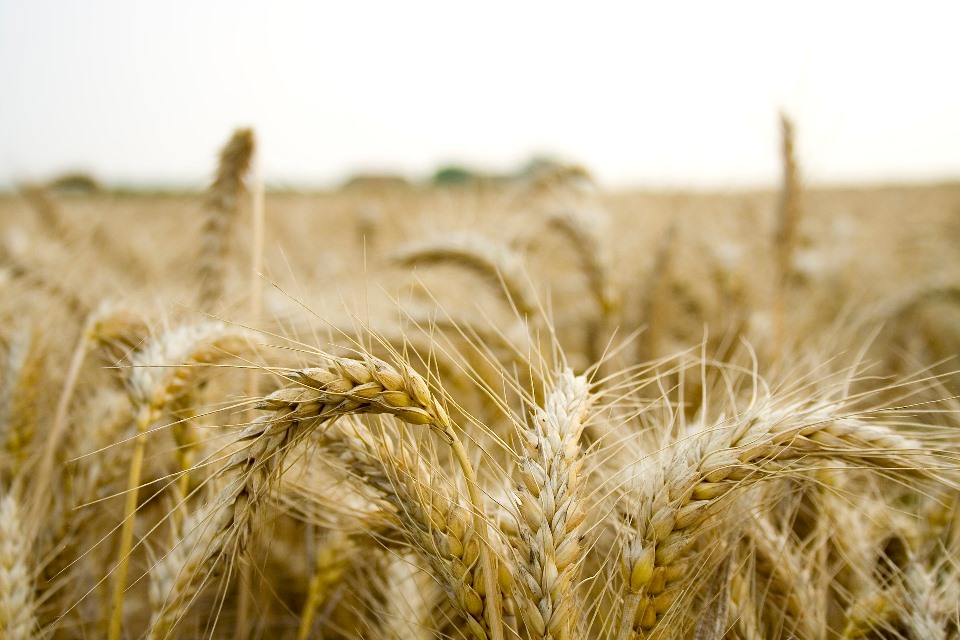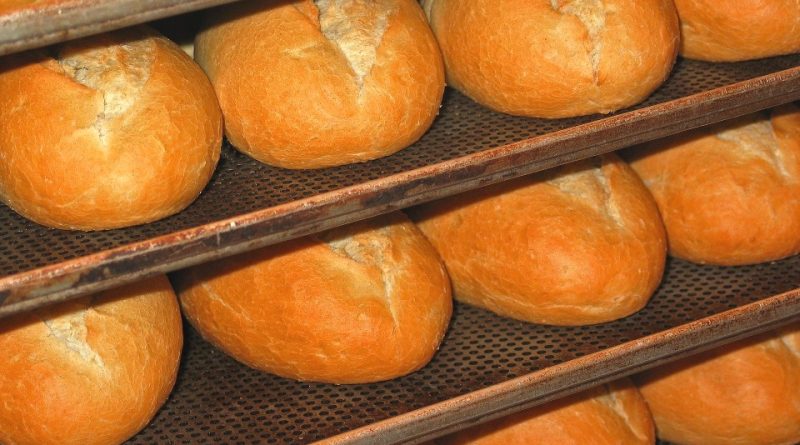Bread increase – who benefits?
Bread increase – who benefits?
For some time now, the price of some basic necessities has been increasing exponentially.
Among these, the one of bread leaps to the eye, but above all to the wallet.
According to what reported by Eurostat, the European Union’s statistical agency, between August 2021 and 2022 the price of bread in Italy increased by 13.6%, well above average inflation, which according to data of Istat in the same period increased by 8.4%.
If this data is then reported on a European scale, it appears that the average increase in price in the last year was 18%.
To have a yardstick, between the same averages of August 2020 and 2021 the increase was 3%.
But in Europe there are those who are worse off. These include Hungary with increases of 66%, Lithuania with 33% and Estonia and Slovakia with 32%.
In contrast we find France, with 8% and the Netherlands with about 10%.
But the question that arises is in which part of the supply chain the most significant increase is taking place.
As far as the raw material is concerned, we recall that the price of durum wheat, referred to per kg, in the same period considered, has not undergone significant changes that justify this increase.
The same (albeit with the obvious fluctuations) has remained almost constant, having today a value that fluctuates on average around 0.32 kg, for the conventional one and 0.38 for the organic one.
It is correct, among other things, to specify that to produce a kg of durum wheat with conventional techniques, the costs have increased considerably (up to 1.7 times higher than agro-ecological techniques, where there is less tillage of the land, different fertilization techniques , minor treatments, etc.) while the yields do not differ much if the agroecological techniques have been in place for years, up to increasing in the long term.
This means that the cost of raw materials (such as wheat in this case) is supported only by CAP aid and that farmers are certainly not the cause of this increase.
Returning to the production of bread, we thus have that, on average, the price from wheat to bread increases 13 times (with the obvious differences between various areas and cities) taking into account that to make a kilo of bread it takes about a kilo of wheat, from which 800 grams of flour are obtained to be mixed with water to obtain about a kilo of finished product.
In general, according to somewhat complex and variable accounts, to make a kg of bread, the estimated data tell us that the final cost can thus fluctuate from 1.84 euros – producing the minimum quantity of 100 kg of product – to 0.91 euros /kg with a maximum production capacity of 500 kg of bread.
Obviously without talking about “special” breads, such as oil sandwiches, walnut and olive bread, etc.
We remind you that these costs also include depreciation, bank costs, insurance, etc.

This means that if a kg of raw material which leads to a kg of bread costs €0.35 (average price between conventional and organic durum wheat), to this we must add an average cost of €1.375 (average between €1.84 and €0. 91), which brings us to a final cost of €1.725.
Here a disconcerting fact catches the eye: who gets the biggest earnings? In fact, in the period from the end of March – early April 2023 to today, the average cost of bread was 5.31 per kg, with peaks of 9.8 euros for the city of Ferrara and minimum costs of 2 euros in cases very rare.
Furthermore, the fact that the levitation (a very useful verb on the subject) of prices has been attributed to the war in Ukraine is a justification that does not hold.
It is true that the cost of some raw materials has increased since then but in some cases these raw materials, such as those linked to the production of wheat in the open field, have been suffered by farmers without this having much effect on the final price.
Furthermore, the percentage incidence of the increase would not justify such a surge. It is enough to do some detailed calculations to understand that for kg of bread produced there are no corresponding increases in electricity or other production factors that come into play.
The only cost among raw materials that in this period has a significant percentage incidence was that of flour for bread-making which cost 0.55 euros per kg in January 2022 and today, in 2023, costs an average of 0.73 euros per Kg, therefore with an increase of 0.18 euros per kg.
An increase that clearly does not justify the surge in bakery prices and which, obviously, weighs only on final consumers who see their spending capacity eroded, especially for those segments of the population that are increasing in Italy.
In this regard, we recall that in Italy there are more and more social and economic inequalities, with a share of families in absolute poverty doubled between 2005 and 2021 (data from the non-governmental organization Oxfam).
It is a wake-up call that needs to be urgently remedied and for which consumer associations must acquire further data to prevent a further erosion of purchasing power and, therefore, of the social status of the poor which risks causing some countries to enter the European Union (including Italy) on a road with no return.
Let us remember that poverty brings with it further degradation. Among these is that of mass migrations, especially of the younger age groups, the emptying of some areas of the country, the loss of education and intelligence, to the point of being able to politically destabilize entire areas of a country.
It seems to us that the attention of politics must be reconnected to real social needs, unfortunately and often forgotten in favor of political battles over large investments (infrastructures, bridges, large networks, etc.) while neglecting basic interests.
We remind you that the National Recovery and Resilience Plan (NRRP) has among the main objectives the reduction of inequalities and gender equality.
The feeling is instead that this great river of resources has shifted the attention of the usual suspects towards the collection of these funds, overshadowing much more concrete problems, such as that of controlling and controlling the prices of basic necessities, through political and control actions.
Guido Bissanti

